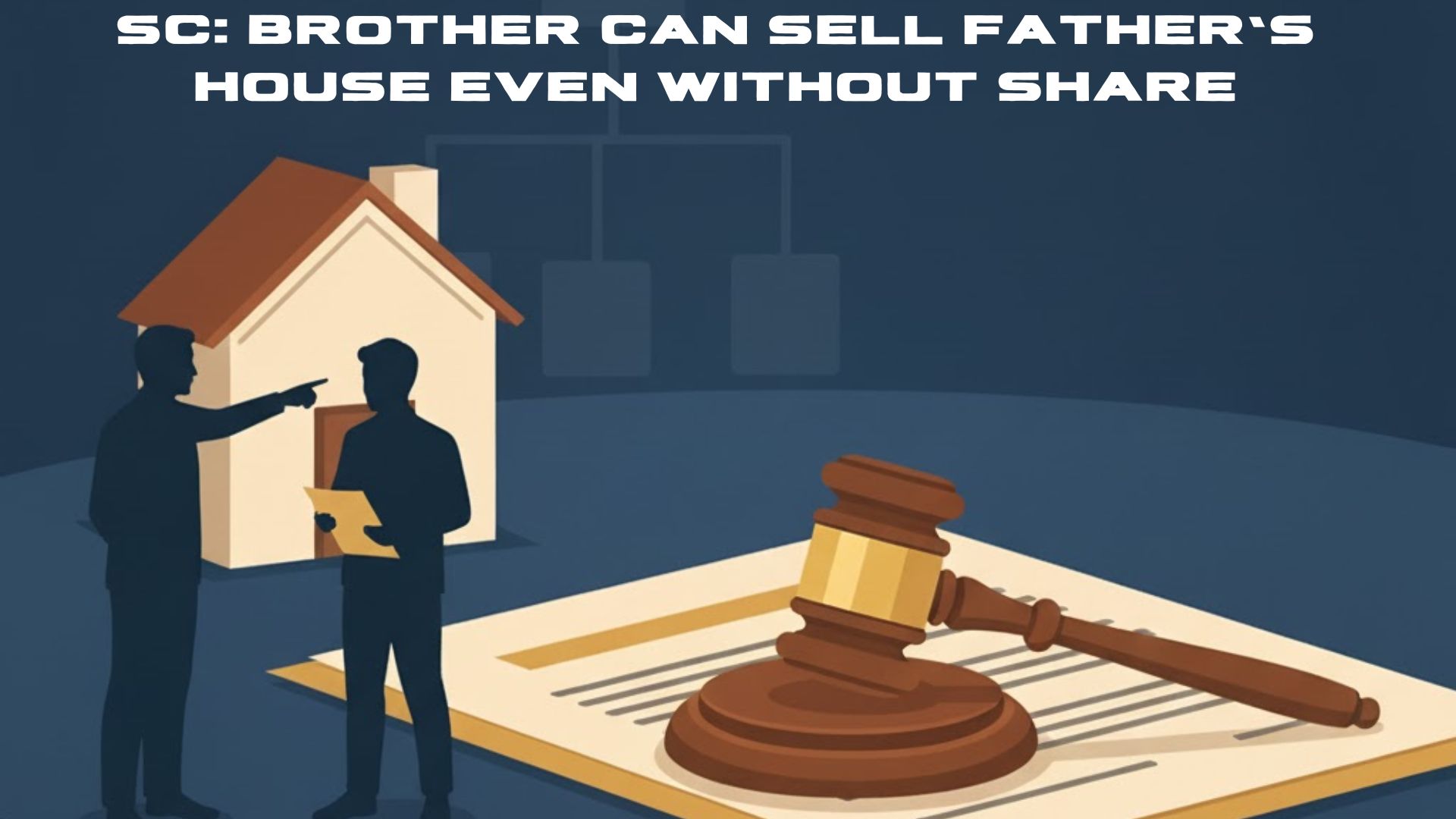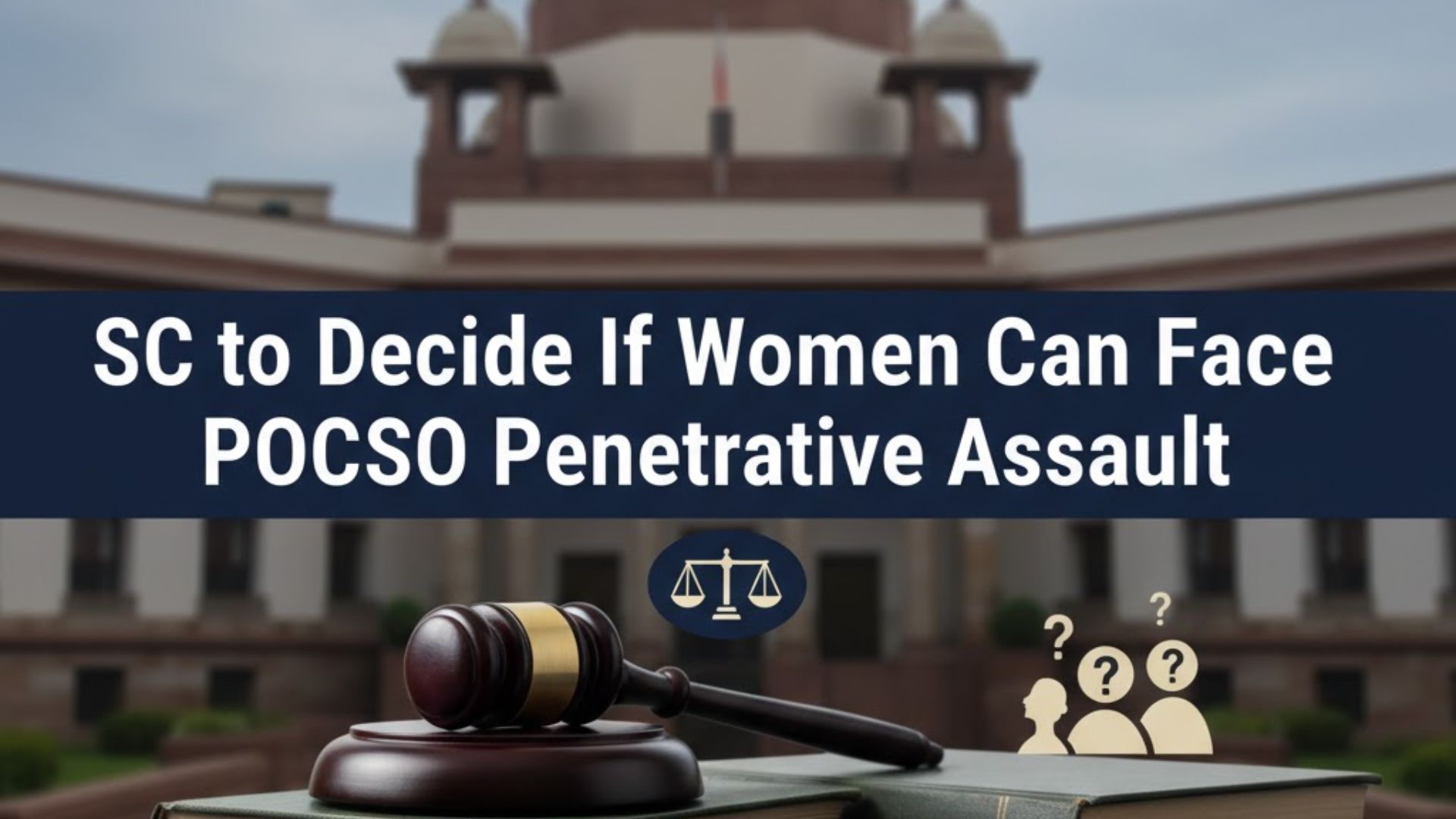L. Narasimha Reddy, J.@mdashThe appellant was tried for the offence of causing the death of her step-son, by name, Chimata Srinivas @
Sreenu, on 15-05-2000, by pouring kerosene and setting him on fire. The Court of the learned VII Additional Sessions Judge, Guntur, through its
judgment, dated 16-02-2006, found her guilty of the offence punishable u/s 302 I.P.C. and sentenced her to undergo imprisonment for life. Fine of
Rs. 500/-, in default, to under go simple imprisonment for two months, was also imposed. Hence, this appeal.
2. P.W.1 was initially married to one Ramadevi. Through her, he had two sons, the deceased and another younger boy, aged two years. Due to
differences between the spouses, they got separated. According to an arrangement suggested by elders, the deceased was to be brought up by
P.W.1 and the younger boy, by Ramadevi.
3. P.W.1 married the appellant and through her, he had a daughter. It was alleged that the appellant developed hatred towards her step-son and
on the fateful day, she poured him kerosene and set him on fire. Soon after the incident, Sreenu was admitted in government hospital and on a
requisition, given by duty doctor, P.W.9, dying declaration of the boy was recorded by P.W.14, IV Additional Munsif Magistarte, Ongole. Hours
after recording dying declaration, the boy died. Inquest, and thereafter, postmortem, were conducted through Exs.P-16 and P-9, respectively. The
trial Court framed charge under relevant provision. The appellant pleaded not guilty, and trial Court convicted and sentenced her.
4. Sri T. Bali Reddy, learned senior counsel for the appellant, submits that the trial Court convicted the appellant wholly on the basis of Ex.P-12,
dying declaration, though there is no corroborative evidence to the same. He contends that the declaration itself is unnatural and being one
recorded from a child, the trial Court ought to have exhibited more care and caution. The learned senior counsel further submits that having regard
to the fact that the extent of burn injuries was 90%, it is highly improbable that the child was in a position to speak. Another contention advanced
by the learned senior counsel is that the certification as to the condition of the patient was done by P.W.9, after the statement was recorded by
P.W.14, and not earlier thereto. Learned senior counsel further submits that even assuming that the injuries may have been caused to the deceased
by the appellant, it is more a case for punishment u/s 326 IPC than the one u/s 302 IPC having regard to the attendant circumstances.
5. The learned Additional Public Prosecutor submits that the helpless boy was put to miserable death by the appellant, and technicalities, if any,
must not be the basis to interfere with the conviction and sentence. He further submits that Ex.P-12 accords with all the requirements under law,
and in fact, no corroboration is needed for it. The learned Additional Public Prosecutor further submits that the trial Court has appreciated the
evidence on record from the correct perspective and its judgment does not warrant interference.
6. The proceedings in this case commenced with the recording of a statement from P.W.1 u/s 161 Cr.P.C., which is marked as Ex.P-1. On the
basis of this, F.I.R., marked as Ex.P-11, was registered and further investigation is taken up.
7. P.W.2 is the grandmother of the deceased. P.W.3 is the owner of the house, in which, the incident is said to have taken place. P.Ws.4 and 5
are the brothers of P.W.1. P.Ws.6, 7 and 8 are the persons in the neighbouring locality. All these witnesses i.e. P.Ws.1 to 8 were declared hostile.
P.W.9 is the doctor, the one who gave requisition to P.W.4 for recording the dying declaration, P.W.10 conducted postmortem. P.W.11 gave
treatment to the child. P.Ws.12 and 13 are the Assistant Sub Inspectors, who received the intimation and a copy of the dying declaration. P.W.14
is the Magistrate, who recorded dying declaration and P.W.15 is the Investigating Officer.
8. It may be noted that except the Government doctors, two Assistant Sub Inspectors, the learned Magistrate and the Investigating Officer, rest of
the witnesses did not support the case of the prosecution. Therefore, the trial Court was faced with a typical situation and was to depend more on
the documentary evidence, and the circumstances that can be deduced the facts of the case.
9. That the deceased was the step-son of the accused, is not in dispute. The record does not disclose that any instances of ill-treatment of the child
by the appellant was either reported or noticed. The dying declaration of the deceased was recorded by P.W.14, on intimation given by P.W.9. It
reads as under:
My mother used to beat me for one reason or the other. Today I was holding on my sister Anuradha. My mother beat me on the pretest that fresh
water was not given to the girl. Later my mother Venkateswaramma poured kerosene on me and burnt. This is what happened, occurred in our
house. Our house in Dogiparthi. Afterwards when my mother gave me to my father who was in the center, my father brought me to the hospital.
This is what to say. Nothing more.
10. The corroboration to this, is mostly in the form of inquest and postmortem reports, marked as Exs.P-16 and 19, respectively. If one is to go by
this evidence alone, the conclusion arrived at by the trial Court, appears to be correct. We are also aware of the fact that time and again the
Supreme Court held that if a dying declaration gains the confidence of the Court, it can constitute the sole basis of conviction of the accused, even
in the absence of any corroborating material. We may also advert to the note of caution, administered by the Apex Court, to the effect that the
Courts must be careful to rest their conviction, or in arriving at conclusion as to the complicity of the accused, solely on the basis of a dying
declaration. The fact that the deceased in this case died out of burn injuries, is beyond any doubt. The uncertainty is only about the circumstances,
under which the injuries were caused. The conviction against the appellant can be sustained, if only, the injuries are squarely attributable to her and
it is proved that she did so with an intention to kill child.
11. The deceased was a boy of six years. The learned senior counsel has taken us through various passages of Modi''s Medical Jurisprudence and
Toxicology to impress on us that a patient, that too a child of tender age, with burn injuries of 90%, would not be in a position to speak coherently.
The record discloses that the child received 90% burn injuries. P.W.9, who was supposed to certify the condition of the child and its mental ability
to make a statement before the declaration is recorded, has chosen to make the certification, after P.W.14 recorded Ex.P-12. Viewed in the
context of the fact that the child died hardly within hours after Ex.P-12 was recorded, we are of the view that it is not at all safe to rest the
conviction against the appellant entirely upon Ex.P-12.
12. There is another factor, which impels us to take a slightly different view, from the one, taken by the trial Court. Even according to Ex.P-12, it
was the appellant that has taken a boy to a center in the town, where P.W.1 was present and from there, he was shifted to hospital. If it was to be
the intention of the appellant to cause the death of her step-son, nothing prevented her from executing the whole event, to the end, particularly,
when there were none to intervene or witness. Whatever may have been the ill-will nurtured by her against the boy, the fact remains that at the
relevant point of time, the deceased was holding the child of none other than the accused. On a close scrutiny of the facts that emerge from the
record, we are of the view that the appellant may have caused some injury, out of fury or other reason, but not with an intention to put him to
death. It is noteworthy that the medical evidence does not mention presence of any traces of kerosene, on the body, or the clothes, recovered
from the body, marked as M.Os.3 and 4, though a semi burnt plastic tin, with traces of kerosene, was said to have recovered from the house.
13. In the circumstances, referred to above, we are convinced that the appellant caused burn injuries to the deceased, but not with an intention to
kill him and thereby she committed an offence punishable u/s 326 IPC.
14. It is true that as a result of the injuries, the deceased died and in a given case, the Court can impose the sentence of imprisonment ''for life'' for
an offence committed u/s 326 IPC also. However, having regard to the fact that the appellant is a woman and that she had a child of tender age by
the time the offence came to be committed, we are of the view that the sentence of lesser magnitude deserves to be imposed, lest, the child of the
appellant is forced to become destitute as a step-child of another woman. We had to struggle a lot, in the process of striking a balance between
two extreme situations. We are of the view that the ends of justice would be met, if the conviction against the appellant is converted into one u/s
326 IPC and sentence of rigorous imprisonment for seven years, with a fine of Rs. 500/-, in default, to undergo simple imprisonment for two
months, is imposed.
15. Hence, the appeal is allowed in part, altering the conviction against the appellant, punishable u/s 302 IPC to the one u/s 326 IPC. The sentence
imposed by the trial Court is set aside. Instead, the appellant shall undergo rigorous imprisonment ''for seven years'', and pay fine of Rs. 500/-, in
default, shall undergo simple imprisonment for one month.

